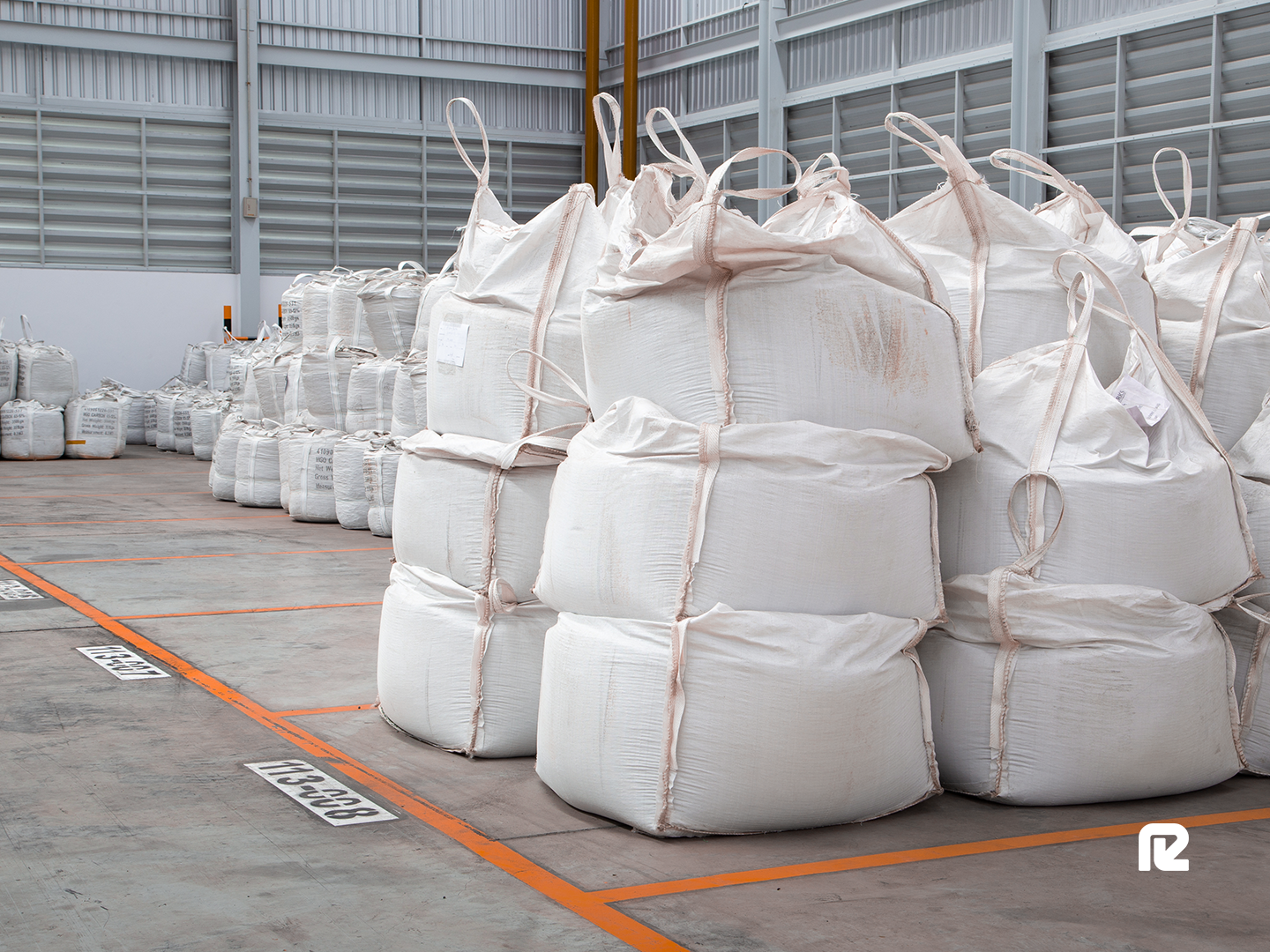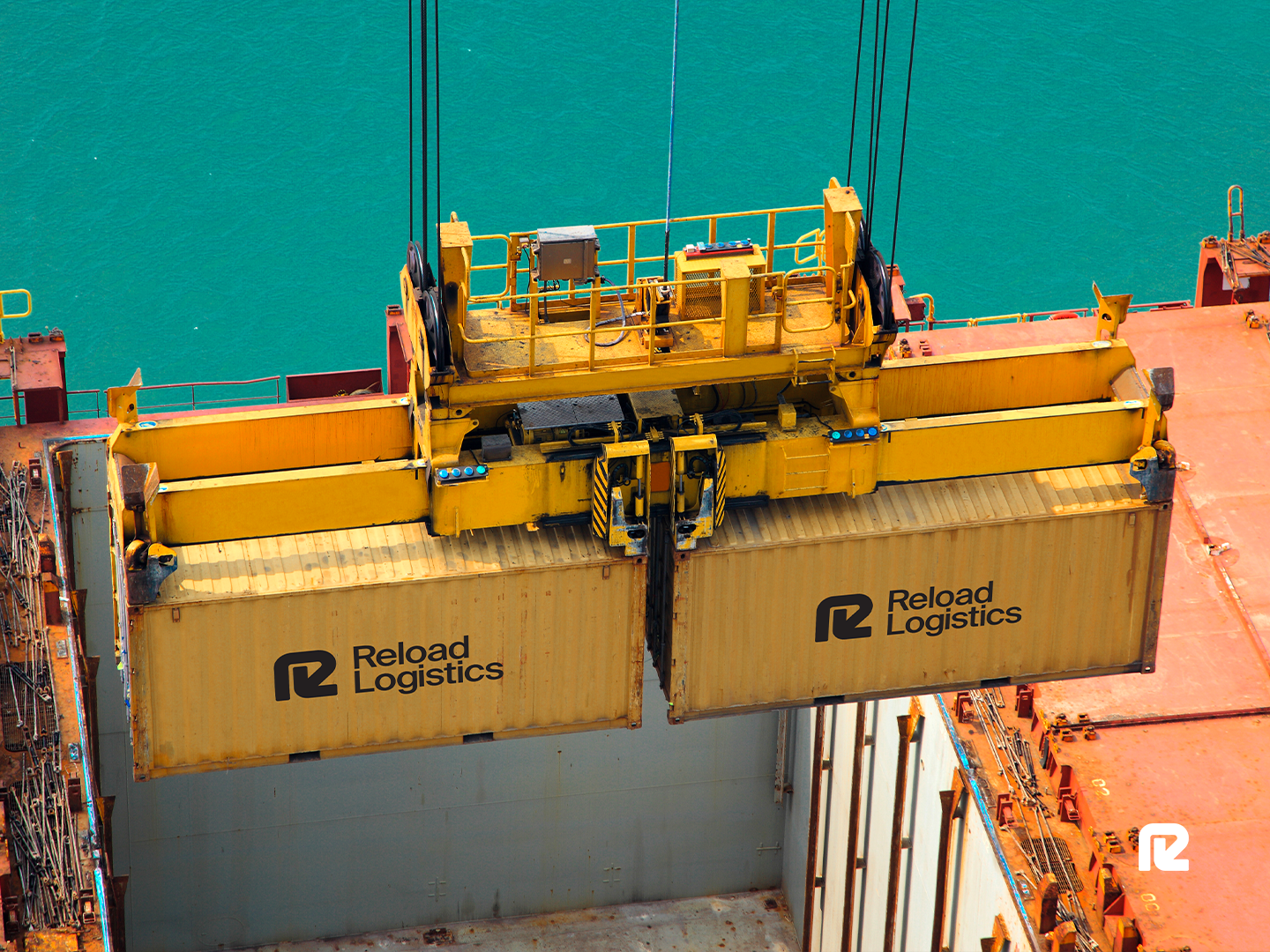Measuring What Matters: A Practical Guide to Logistics KPIs


Whether you're shipping goods across borders or managing last-mile deliveries, your success hinges on how well you can measure, analyze, and improve performance. This is why KPIs in logistics are so essential to success.
KPIs help logistics professionals make informed decisions, reduce costs, improve delivery times, and much more. In this article, we’ll walk through some common logistics KPIs, how to track them, and how to turn raw metrics into real improvements.
Understanding KPIs in Logistics
A key performance indicator, or a KPI, is a focused, strategic metric that reflects how effectively your logistics operation is directly supporting business goals. Unlike raw data points, KPIs help you understand where things are working and where they’re not.
Why use KPIs in your team? The main reason that following KPIs is a good idea within logistics is that they give a clear direction on what’s going well and what is falling behind, uncover inefficiencies and areas that should be worked on, and help drive measurable improvements across the supply chain.
For example, while you might track various metrics in your transport system, a KPI like on-time delivery tells you how reliably you're meeting customer expectations. In warehousing, metrics like Days Sales of Inventory (DSI) help you monitor how efficiently your stock is moving.
Key Areas Where KPIs Drive Value
There are four main areas that logistics KPIs are typically grouped into: Transport, inventory, warehousing, order fulfillment, and supply chain performance. Each of these areas looks at specific parts of that logistical area to support larger overall business goals and improve operational efficiencies. Below, we’ll go through each of these four areas.
Efficiency and cost control are crucial within the transportation area to meet expectations, keep customers satisfied, and avoid costly penalties and delays. That’s why common KPIs within this area include:
· Average delivery time
· On-time delivery rate
· Freight cost per ton shipped
· Fuel efficiency
· Truck turnaround time
By measuring these indicators, logistics managers can identify repetitive route delays, cost overruns, and potential inefficiencies at distribution hubs. If it becomes clear that truck turnaround times are routinely longer than expected, managers can drill down into the reasons why and experiment with solutions.
Within inventory management and warehouse operations, it’s essential to measure certain KPIs related to stock levels and holding costs. These performance indicators include:
· Inventory turnover ratio
· Inventory-to-sales ratio
· Carrying cost of inventory
· Days Sales of Inventory (DSI)
· Pick and pack accuracy
· Warehouse safety (accident/injury rates)
Monitoring these KPIs helps reduce overstocking, prevent stockouts, and ensure smooth warehouse operations, leading to a more efficient supply chain across the board.
During the order fulfillment stage, tracking KPIs related to do with accuracy and order tracking helps to keep everything on time. These include:
· Order accuracy rate
· Order cycle time
· Perfect order delivery rate
· Purchase order tracking
Measuring these KPIs offers an insight into how reliably and efficiently customer orders are processed, picked, packed, and delivered.
Finally, supply chain and distribution KPIs provide a broader view on how efficiently and fast the current supply chain is running; they can also show any recurring issues in areas that might be consistently running behind, so managers can work on improvements. These include:
· Supplier on-time delivery
· Number of shipments
· Operating ratio
· Net profit margin
· Financial leverage
These are essential for long-term planning, evaluations of vendors, and assessing the overall cost-effectiveness throughout the supply chain.
Setting KPIs That Actually Work
Tracking the KPIs above gives teams a window into any gaps in their processes that might need improving. For example, you may notice that order accuracy rates are routinely low, meaning you’ll want to investigate order fulfillment at the warehouse and how items are picked and processed for delivery.
But going another step further and making sure those KPIs have goals that work in a SMART way will help to develop KPIs that have clear and actionable goals. The SMART framework means having Specific, Measurable, Achievable, Relevant, and Time-Bound goals.
For example, you may know that you want to improve delivery; however, this goal is vague and broad. Instead, you could aim to achieve a 98% on-time delivery rate over the next quarter. This gives everyone involved a tangible goal and a time-related benchmark to meet.
As well as this, it’s also important to make sure all the KPIs you’re measuring correspond to your business goals. For example, a distributor dealing with commodities or metals might decide to prioritize KPIs like inventory turnover, freight cost per ton, and delivery lead times, as they’re related to cost-efficiency and continuity in their specific supply chain.
From Data to Dashboard: Making KPIs Visible
To keep getting value from measuring logistics KPIs, you need to track and visualize them correctly with dashboards. A successful logistics KPI dashboard will provide a snapshot of detailed performance in real-time; this allows teams to act quickly as problems arise in the moment, as well as to monitor trends over time.
For smaller operations, dashboards set up with Google Sheets or Excel will most likely be good enough. Larger teams may need something more robust, like Power BI, or a custom-built solution for the company.
When setting up your logistics KPI dashboard, aim to:
· Include a clear overview of your most critical metrics to avoid losing sight of too much data noise.
· Use visual elements to interpret trends at a glance.
· Add alert indicators that highlight underperformance.
· Enable filters by product type, region, route, or timeframe.
All these steps go towards having a well-designed daily tool that everyone can check routinely, rather than a monthly report that's more mundane.
Avoiding Common KPI Pitfalls
Here are some common traps to avoid when beginning to track logistics KPIs:
· Too many metrics: Monitoring everything makes it hard to prioritize. Focus on a handful of KPIs that align with your strategic goals.
· Irrelevant data: Some KPIs may look impressive, but don't reflect day-to-day realities. For example, high shipment volume means little if order accuracy is low.
· Manual tracking: Where possible, automate your data through logistics platforms, as manually updated data can have errors or delays.
· Lack of follow-through: Assign ownership, review performance regularly, and adjust processes based on what the data reveals.
Avoiding these pitfalls ensures your KPIs actually lead to meaningful operational improvements.
Taking Action Based on KPIs
Another common pitfall that a lot of teams fall into is measuring KPIs but not acting on the data reflected to them.
If your dashboard is showing a spike in late deliveries that are all stemming from a particular warehouse, looking into this might reveal a solvable issue, like staff shortages or issues with equipment, which is slowing progress. Going from a visual KPI to drilling down into the details will allow you to take targeted steps to solve the issue and avoid it from happening in the future. This will also stop the issue affecting the entire supply chain down the line.
When you zero in on the right logistics KPI metrics, set practical targets, and act on the data, you start to see less waste and streamlined, efficient supply chains.
High-performing logistics teams monitor critical KPIs in real time, spot issues before they escalate, and make decisions that keep everything running smoothly. It’s proactive, not reactive —focus on the KPIs that truly impact your business and keep optimizing.
Need help building a smarter logistics strategy? Talk to the experts at Reload Logistics.
Categories






